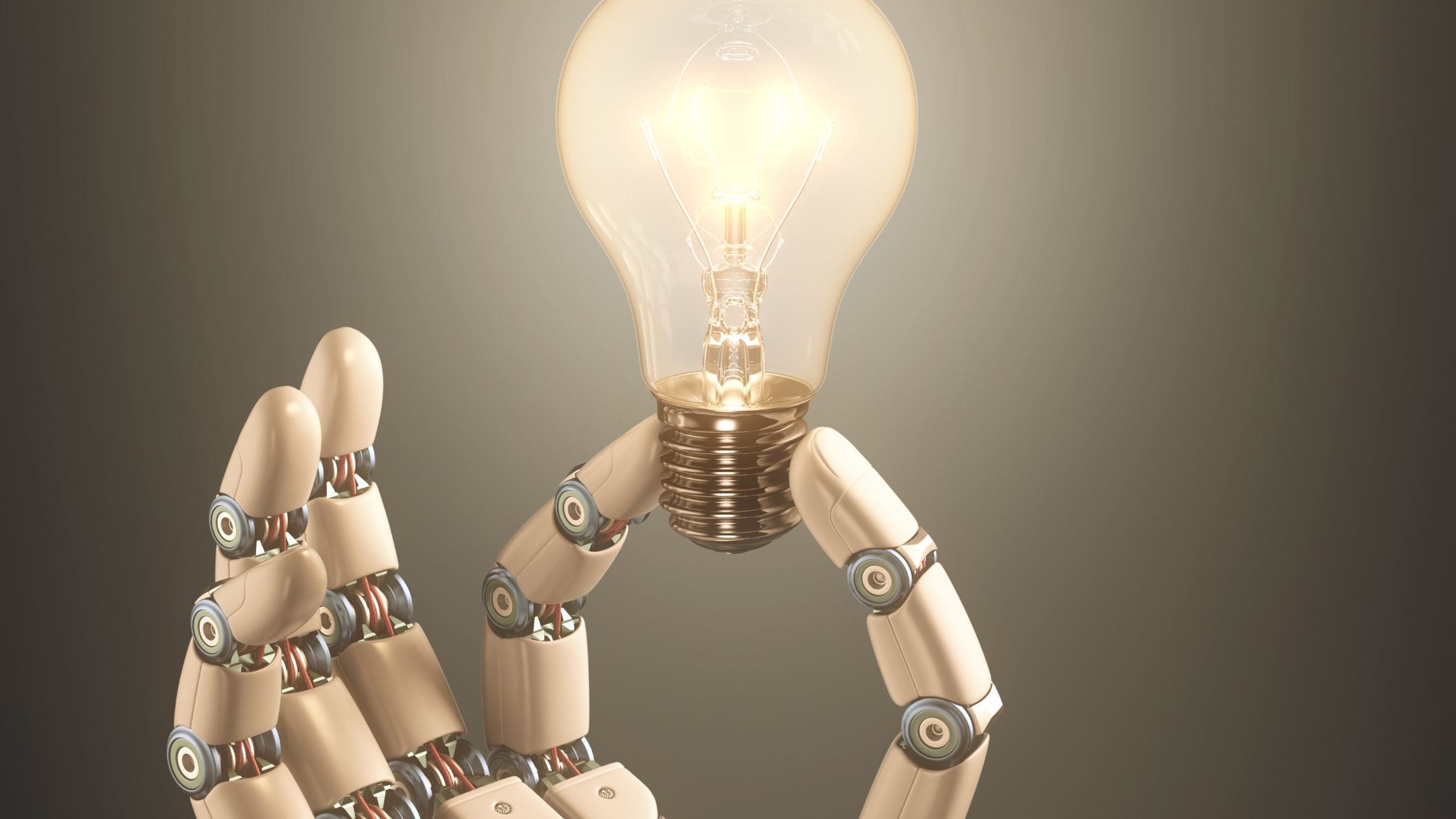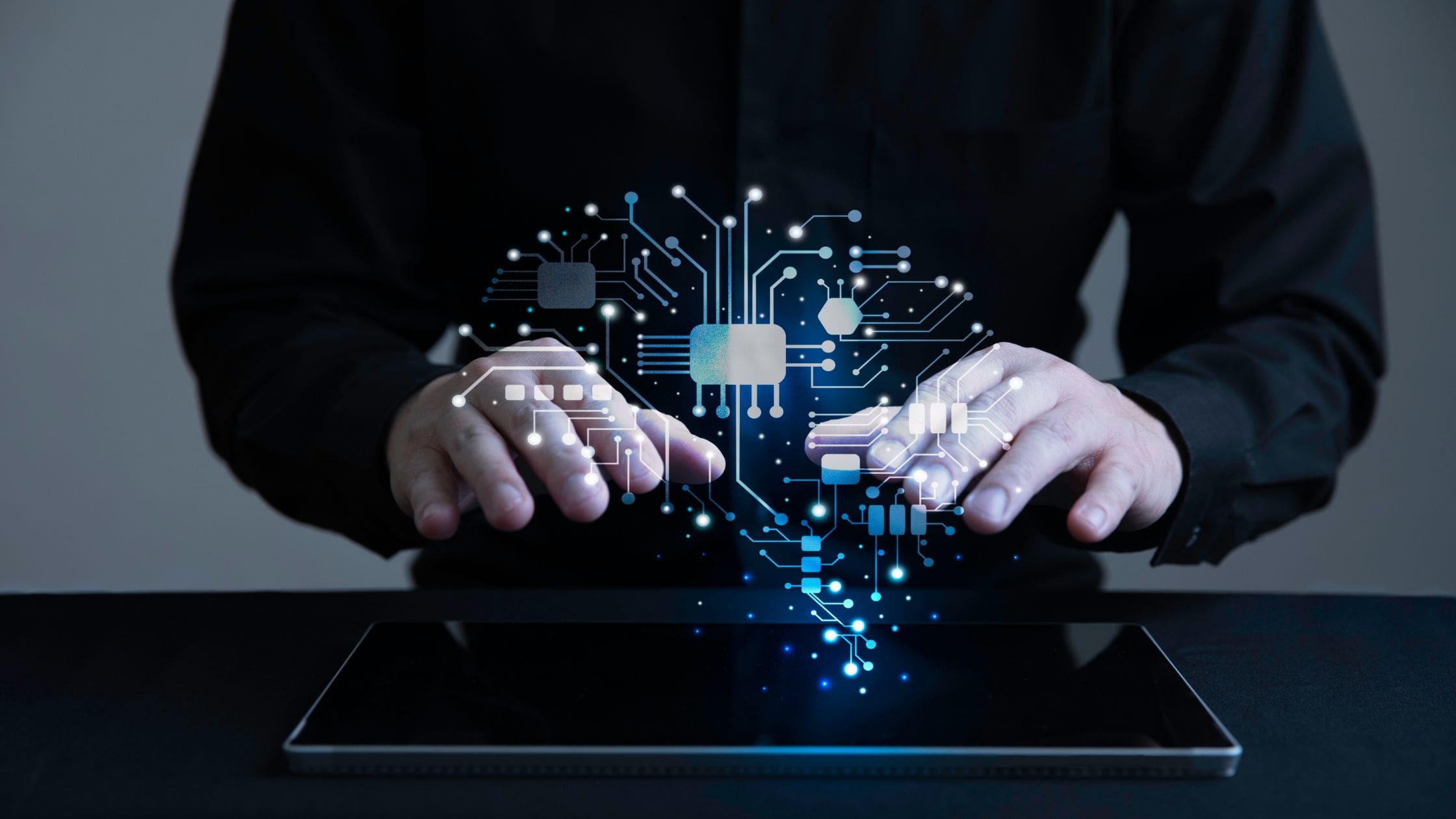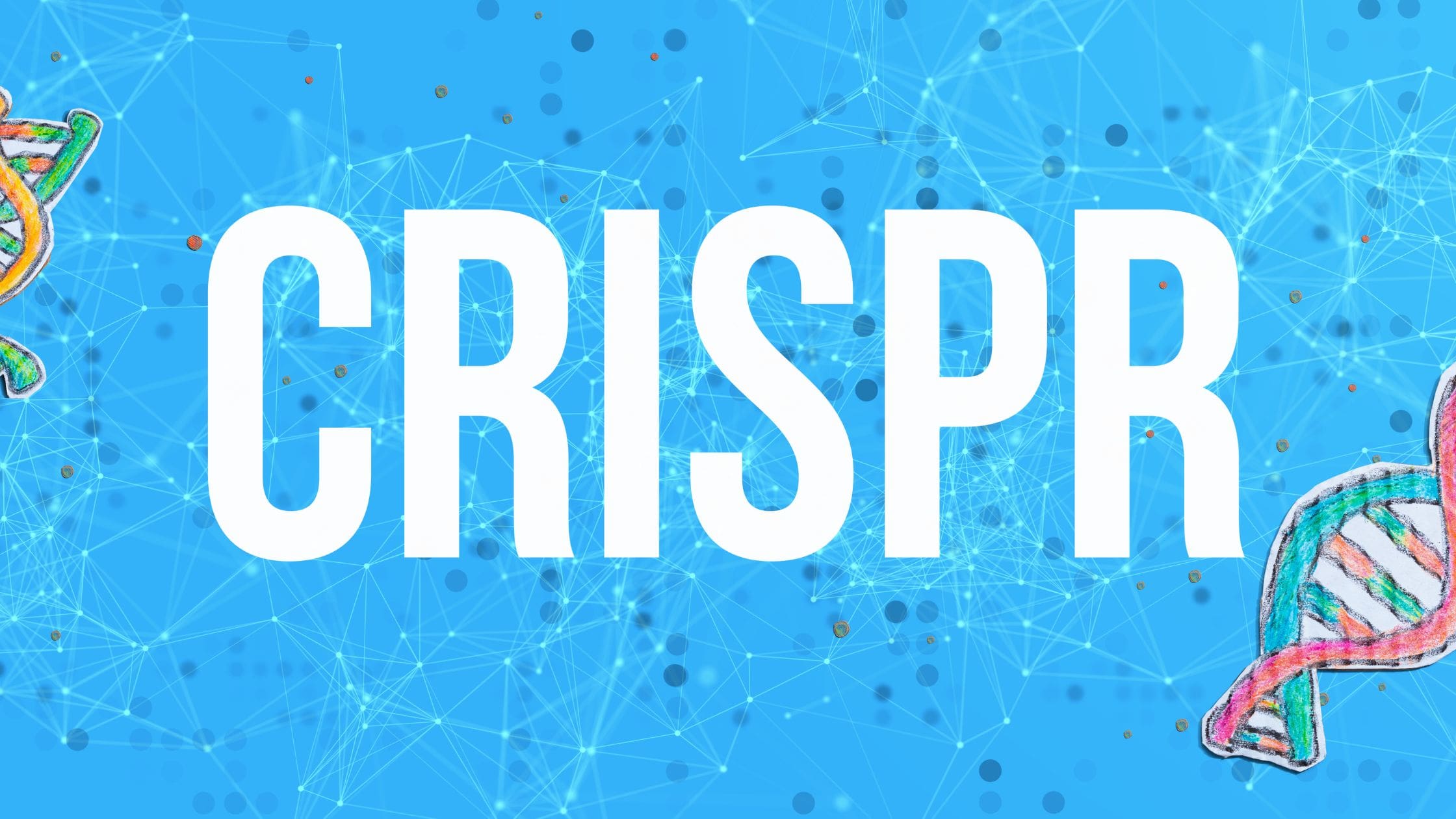
It might seem like we’re entering an era of science fiction. But Neuralink, a company offering ultra-high bandwidth brain-machine interfaces to connect humans to computers, is offering a glimpse into a reality where such a technology could be possible.
For some, it may be a curious endeavor that Elon Musk, the space and technology entrepreneur who co-founded Neuralink in 2016, but the foundations for the technology is in development. Given the uptick in AI-enabled and Internet of Things devices, discovering how humans can better fit into the high-tech equation to make their lives easier and even healthier is not out of the question.
The Approach
Neuralink’s approach is to design the first neural implant that will let users control a computer or mobile device anywhere they go. The tech employs micron-scale threads that will be inserted into areas of the brain to control movement. Each flexible thread contains numerous electrodes and connects them to an implant to detect neural signs, called “the Link.” This link is a sealed, neural transplant device that stimulates and sends neural signals to the brain. A compact charger can wirelessly connect the implant to charge the battery from the outside. Since the threads are fine, Neuralink is also developing a robotic system that will help neurosurgeons reliably and efficiently insert them into a human’s brain.
By turning on a Neuralink app, the company’s goal is to allow those with the implant to control their cellphones, keyboard and mouse with their brains, just by thinking about what they want to control.
The Challenges in Developing Brain-Machine Interfaces (BMI)
Neuralink’s technology builds upon years of BMI research in labs and has several ongoing studies that employ human participants. However, there are still many challenges that stand in the way, including electrodes, chips, hermetic packaging, neurosurgery and neural decoding. However, the company says that their biggest challenges are to scale up how many electrodes they implement while creating safe and effective clinical systems that users can take home and control by themselves. Plus, the company says that engineering advances in the field, along with the new technologies under development at Neuralink will help in clearing these hurdles.
In the past, scientists have created devices capable of interpreting brain activity and stimulating the brain’s neurons. A demonstration of the tech in 2012 showed paralyzed patients able to control a robotic arm.
However, Elon Musk wants to improve upon what is already possible. Musk hopes that, on top of treating neural conditions like Parkinson’s, Neuralink will one day create a “symbiosis” between humans and AI. In 2019, he claimed that the company successfully got a monkey to control a computer with his brain.
Neuralink’s Most Likely Use
In August, Neuralink showcased a new demo of their latest device, showcasing a pig, Gertrude, with a computer chip relaying live signals from her brain. Professor Andrew Jackson believes that even if the technology doesn’t meet Neuralink’s end goal of merging human consciousness with computers, it could still be extremely beneficial to the field of animal testing, which could then lead to medical breakthroughs for humans.
Other experts are skeptical about whether Neuralink could cure blindness, paralysis, deafness and mental illness, to name a few of the company’s goals. Many say these advances aren’t close to fruition, while others are unlikely ever to occur.
While we’ll have yet to see how these devices advance, the most likely use for the innovation is to give robotic limbs the ability to sense touch. The first application one can imagine is better mental control for the robotic arms of paralyzed people.
Medical expert, Dr. Riley Green of Imperial College London, agrees that the device could be used by patients who experience locked-in syndrome to give them refined control over robotic limbs.
While neural control of robotic limbs has been a reality since 2012, Neuralink’s technology could ensure the capability of a crucial next step — touch feedback, otherwise known as haptic feedback. In theory, it could be possible if Neuralink’s chips recorded the areas of the brain that are stimulated when we touch objects and interact with the world. If possible, the electrodes could use this feedback to stimulate the brains of people who use robotic prostheses to simulate this sensation.
As experiments in Neuralink proceed, it’s clear that whether the company’s mission statement is close to being met or not, we’re stepping into a high-tech landscape with the true potential to improve areas of medical care for humans on Earth.




